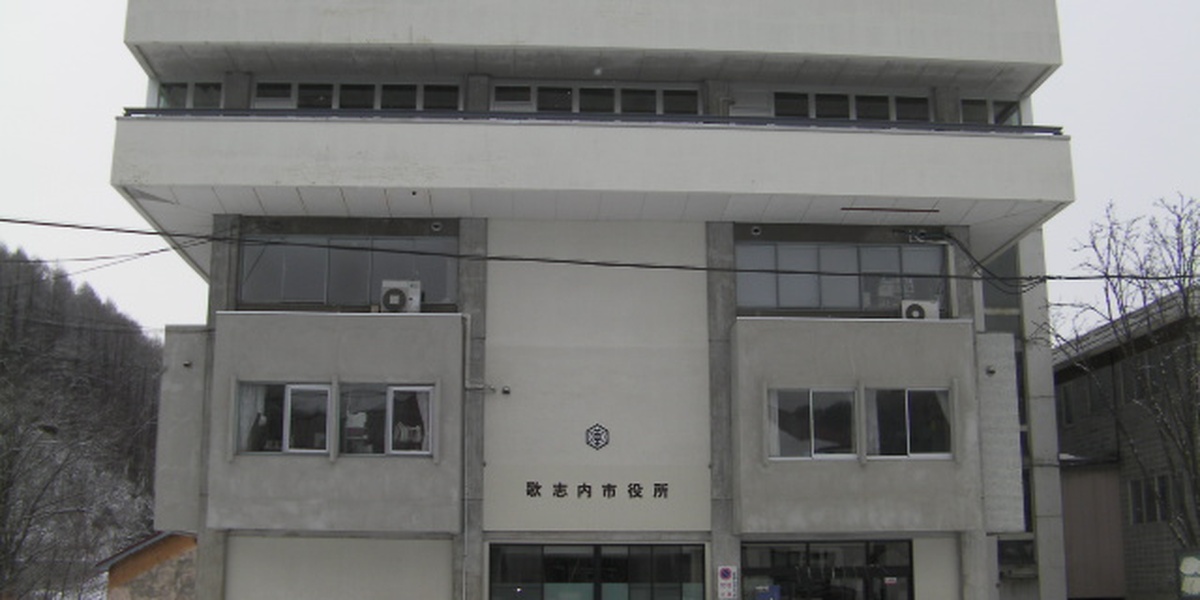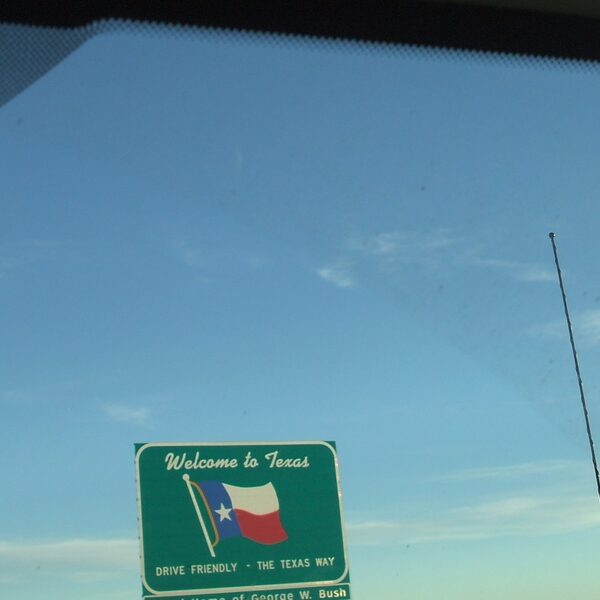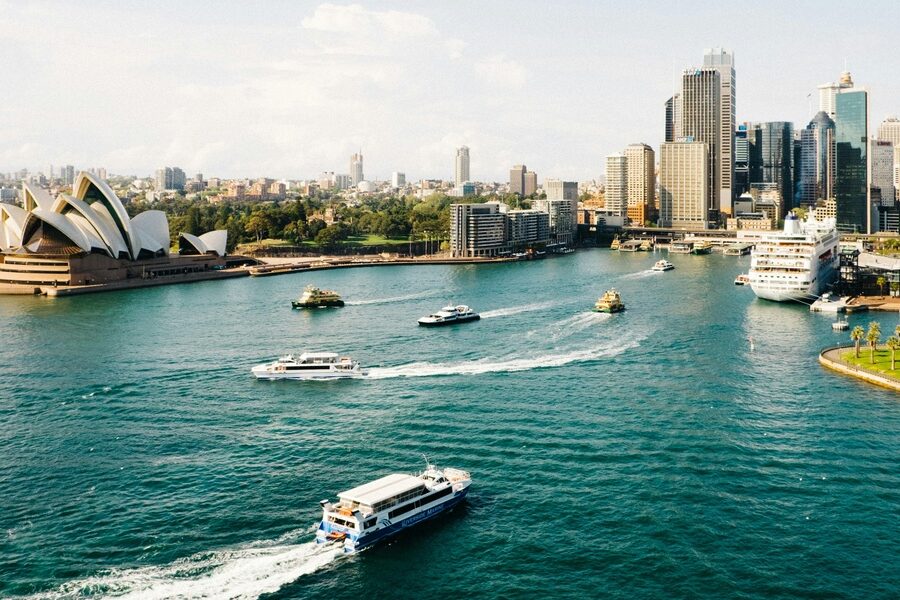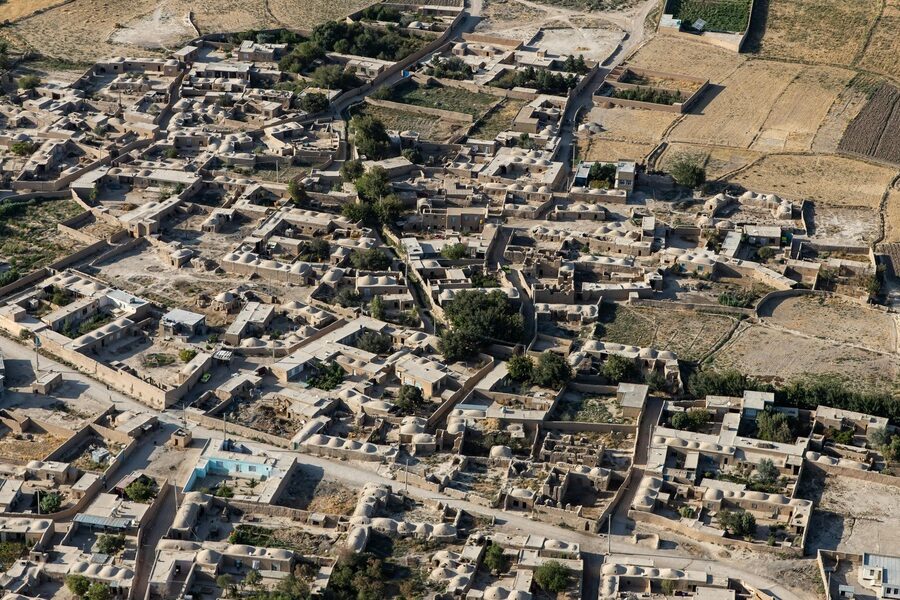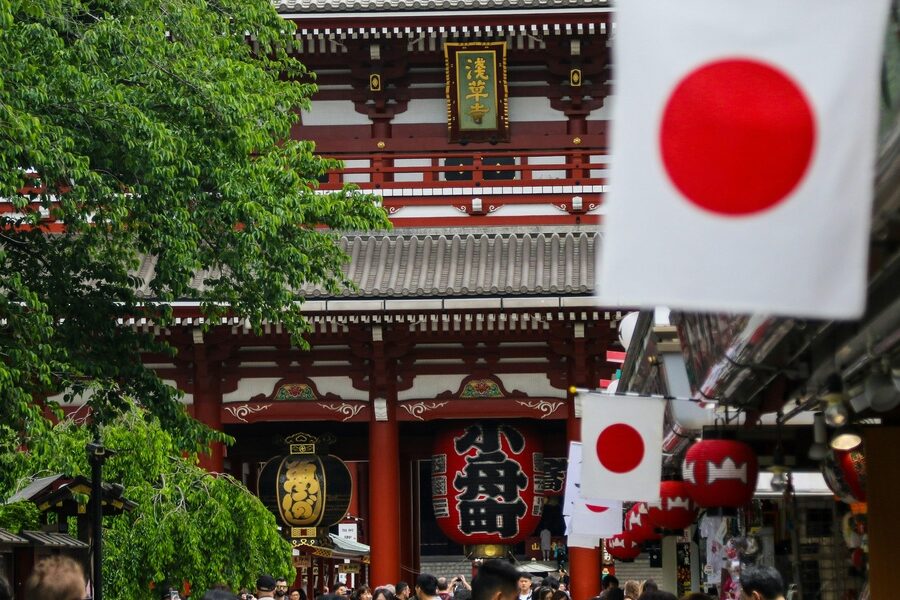Japan’s landscape shifts quickly from neon megacities to quiet coastal and mountain towns where everyday life moves at a different pace. Small municipal centers here can tell stories of industry, aging populations, and local recovery efforts—places worth noticing even if they don’t make headlines.
There are 25 Smallest Cities in Japan by Population, ranging from Akabira to Yubari. For each city, you’ll find below Prefecture,Country,Population (people, year), giving a clear snapshot of location and size so you can compare trends at a glance—you’ll find the full list below.
How recent and reliable is the population data listed here?
The figures are drawn from the latest available municipal and national statistics (census updates and official estimates). Where possible the year is listed alongside each population number so you can judge currency and look up the original source for verification.
Why do some Japanese cities have such low populations?
Many small cities face aging populations, young people moving to larger urban centers, and the decline of local industries; geographic isolation and administrative changes (mergers or reclassification) also affect reported city populations.
Smallest Cities in Japan by Population
| City | Prefecture | Country | Population (people, year) |
|---|---|---|---|
| Utashinai | Hokkaido | Japan | 2,755 (people, 2024) |
| Yubari | Hokkaido | Japan | 6,272 (people, 2024) |
| Mikasa | Hokkaido | Japan | 7,411 (people, 2024) |
| Akabira | Hokkaido | Japan | 8,582 (people, 2024) |
| Sunagawa | Hokkaido | Japan | 15,487 (people, 2024) |
| Nishinoomote | Kagoshima | Japan | 14,480 (people, 2024) |
| Katsuura | Chiba | Japan | 15,699 (people, 2024) |
| Iiyama | Nagano | Japan | 18,485 (people, 2024) |
| Makurazaki | Kagoshima | Japan | 18,920 (people, 2024) |
| Wajima | Ishikawa | Japan | 22,012 (people, 2024) |
| Kashima | Ibaraki | Japan | 23,130 (people, 2023) |
| Gose | Nara | Japan | 23,970 (people, 2024) |
| Kaga | Ishikawa | Japan | 24,196 (people, 2023) |
| Ofunato | Iwate | Japan | 24,846 (people, 2023) |
| Kamaishi | Iwate | Japan | 29,598 (people, 2024) |
| Minamiuonuma | Niigata | Japan | 30,509 (people, 2023) |
| Rikuzentakata | Iwate | Japan | 31,529 (people, 2023) |
| Komagane | Nagano | Japan | 31,642 (people, 2024) |
| Uozu | Toyama | Japan | 39,474 (people, 2024) |
| Nanao | Ishikawa | Japan | 40,517 (people, 2023) |
| Himi | Toyama | Japan | 41,209 (people, 2024) |
| Shimoda | Shizuoka | Japan | 42,949 (people, 2023) |
| Odate | Akita | Japan | 43,303 (people, 2023) |
| Toba | Mie | Japan | 45,987 (people, 2023) |
| Muroto | Kochi | Japan | 46,552 (people, 2023) |
Images and Descriptions
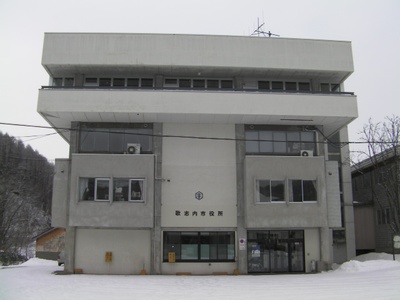
Utashinai
Officially the least populated city in Japan, Utashinai is a former coal mining town that has seen its population shrink by over 90% from its peak. It now focuses on tourism with ski slopes and hot springs to revitalize its economy in the Sorachi region.
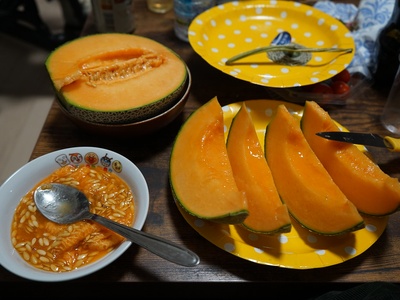
Yubari
Famous for its dramatic population decline after the coal mines closed, Yubari is also world-renowned for its premium Yubari King melons. Despite its past bankruptcy, the city continues to host a popular international fantastic film festival, showing its resilient cultural spirit.
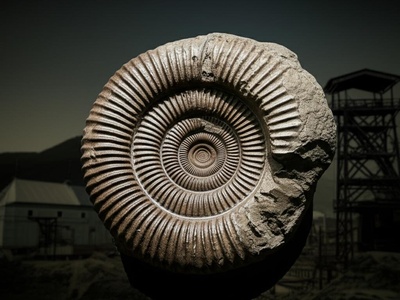
Mikasa
Another former coal hub in Hokkaido, Mikasa is a paleontological treasure trove, famous for its rich ammonite fossil discoveries. The Mikasa City Museum showcases this prehistoric past alongside its more recent industrial heritage, attracting both scientists and tourists.
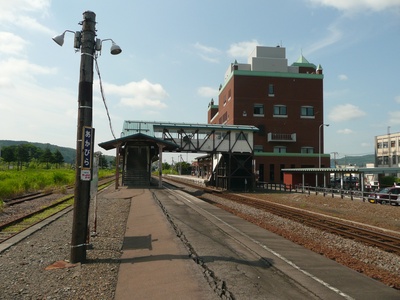
Akabira
This former coal mining city in central Hokkaido has repurposed its past into a tourist attraction. Akabira is known for preserving its mining heritage sites and has gained attention for its unique landscapes and historical value, drawing visitors interested in industrial history.
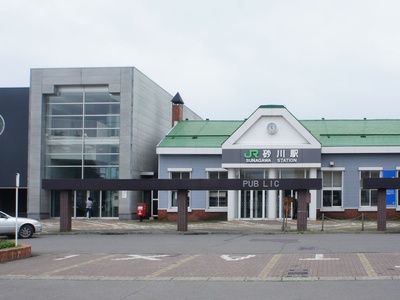
Sunagawa
Positioned on a major highway, Sunagawa reinvented itself as a “sweets oasis” for travelers. The city is home to numerous famous confectioneries and cafes, creating a unique local economy that distinguishes it from other former industrial towns in the region.
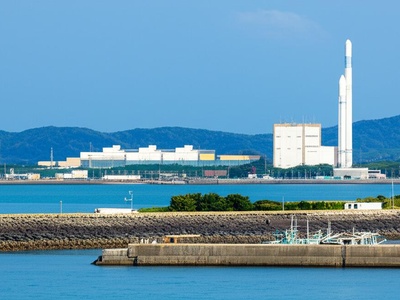
Nishinoomote
Located on the island of Tanegashima, Nishinoomote is the gateway to the Tanegashima Space Center, Japan’s largest space development facility. The city balances this futuristic industry with a rich history, including the introduction of firearms to Japan in the 16th century.
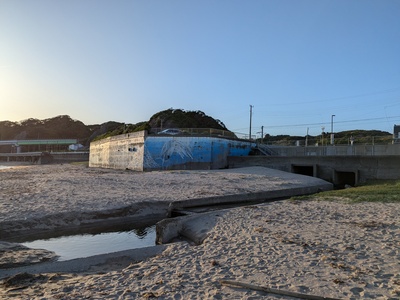
Katsuura
A coastal city known for having one of Japan’s most famous morning markets, the Katsuura Morning Market has been running for over 400 years. The city is also a popular spot for its scenic coastline, beautiful beaches, and fresh seafood.
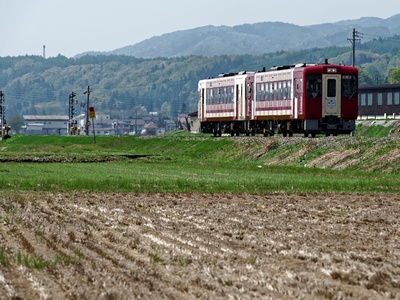
Iiyama
Nestled in a mountainous region of Nagano, Iiyama is famous for its exceptionally heavy snowfall, making it a paradise for winter sports. The city is also known for its traditional crafts, including handmade washi paper and Buddhist altars (butsudan).
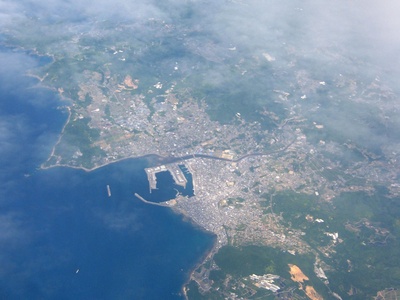
Makurazaki
Known as Japan’s leading producer of katsuobushi (dried bonito flakes), an essential ingredient in Japanese cuisine. This coastal city’s economy and culture are deeply intertwined with its fishing industry, which also produces high-quality green tea and sweet potatoes.
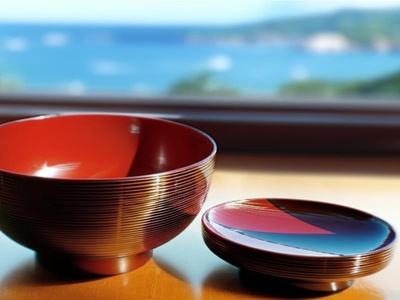
Wajima
Famous for its exquisite Wajima-nuri lacquerware, a traditional craft recognized as a national treasure. The city’s morning market is one of the oldest in Japan, offering fresh seafood and local goods along the scenic Sea of Japan coast.
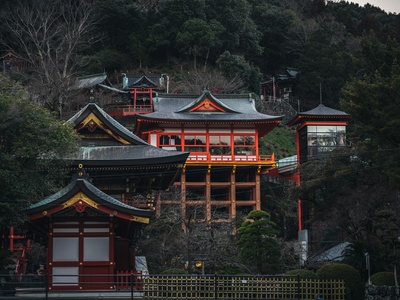
Kashima
Home to the Kashima Antlers, one of Japan’s most successful professional soccer teams, and the historic Kashima Jingu Shrine, one of the oldest in eastern Japan. The city is a major industrial port but maintains a deep connection to sports and spiritual history.
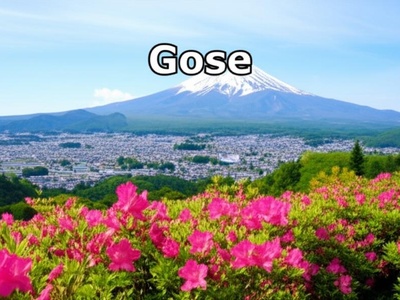
Gose
Situated at the base of the scenic Mt. Katsuragi, Gose is known for its natural beauty, including fields of azaleas in spring. The city has a rich history tied to ancient Yamato culture and is a popular destination for hiking and enjoying nature.
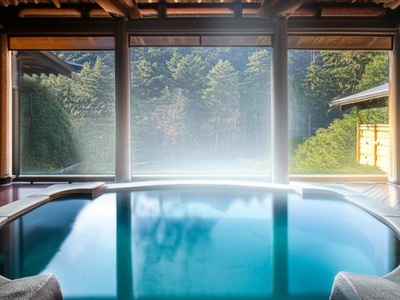
Kaga
A renowned hot spring destination, Kaga is home to several famous onsen towns like Yamanaka and Yamashiro. The area is also celebrated for its Kutani-yaki porcelain, a vibrant and colorful style of traditional pottery that is highly prized.
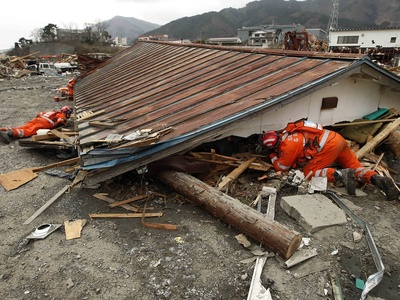
Ofunato
A coastal city on the Sanriku Coast that was heavily damaged by the 2011 tsunami. Ofunato has since become a symbol of resilience and reconstruction, with a revitalized fishing industry and new infrastructure designed to better withstand natural disasters.
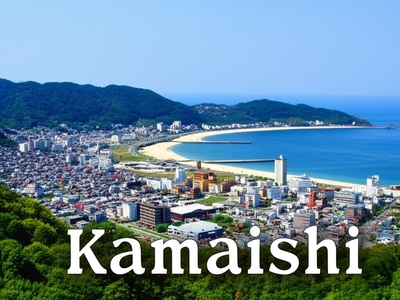
Kamaishi
Known as a “city of iron and fish,” Kamaishi was the site of Japan’s first Western-style blast furnace. It was also a host city for the 2019 Rugby World Cup, showing remarkable recovery and spirit after being devastated by the 2011 tsunami.
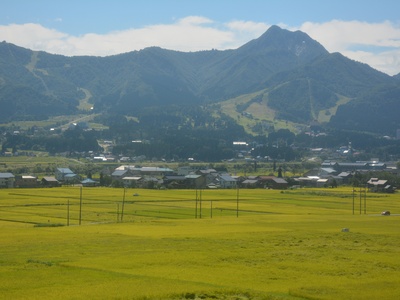
Minamiuonuma
Located in Japan’s “snow country,” Minamiuonuma is famous for producing Koshihikari rice, widely considered the highest quality rice in the nation. The region’s heavy snowfall also makes it a major center for skiing and other winter sports.
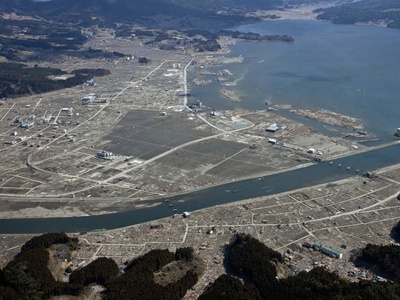
Rikuzentakata
This city suffered immense devastation during the 2011 tsunami, which wiped out most of its downtown area. Its recovery efforts, including the planting of a new pine grove and the famous “Miracle Pine,” have made it a powerful symbol of remembrance and rebuilding.
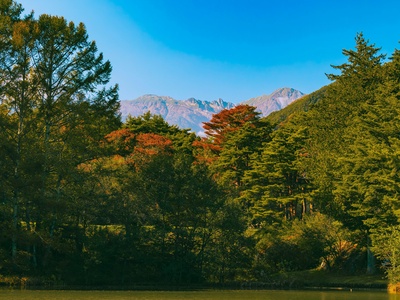
Komagane
Nestled in the Japan Alps, Komagane is the gateway to the stunning Senjojiki Cirque, a glacial valley with breathtaking alpine scenery accessible by ropeway. The city is a popular base for mountain climbing, hiking, and enjoying the region’s pristine natural environment.
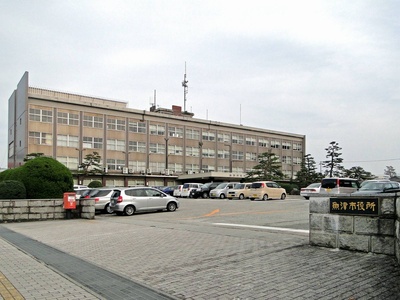
Uozu
Located on the coast of Toyama Bay, Uozu is famous for the mirages that appear over the sea in spring. It is also known as the discovery site of a submerged primeval forest, a designated Special Natural Monument, offering a unique glimpse into the past.
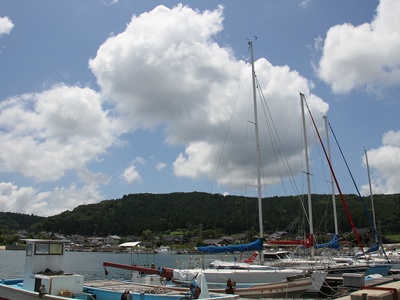
Nanao
A port city on the Noto Peninsula, Nanao is known for the Seihaku Festival, a vibrant event featuring massive, ornate floats called “dekayama.” The city is also a gateway to the scenic Noto Island and is a center for local fishing and agriculture.
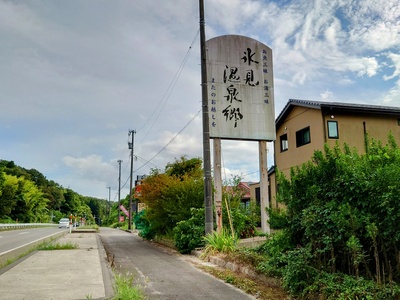
Himi
A fishing city on Toyama Bay renowned for its winter yellowtail, considered among the best in Japan. Himi actively promotes its culinary treasures and is the hometown of Fujiko Fujio A, the co-creator of the famous manga character Doraemon.
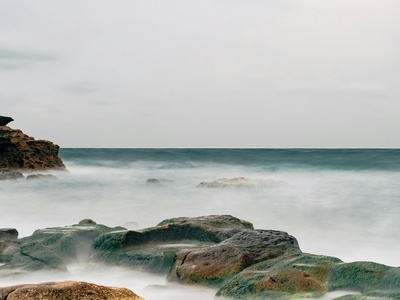
Shimoda
Historically significant as the port where Commodore Matthew Perry’s “Black Ships” arrived in 1854, ending Japan’s era of isolation. Today, Shimoda is a popular resort town on the Izu Peninsula, known for its beautiful white sand beaches, surfing, and onsen.
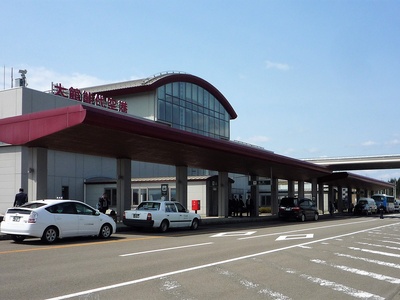
Odate
Best known as the birthplace of the loyal Hachiko, Odate is the historical home of the Akita dog breed. The city celebrates this heritage with a dedicated museum and statues, and is also famous for its Kiritanpo, a regional dish of pounded rice skewers.

Toba
Famous for Mikimoto Pearl Island, the birthplace of the cultured pearl industry. Toba is a key part of the Ise-Shima National Park, with a rich maritime culture that includes the famous “ama” female divers and a popular aquarium.
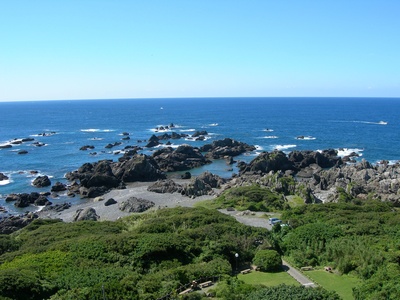
Muroto
Located on a dramatic cape jutting into the Pacific Ocean, Muroto is a UNESCO Global Geopark. The city is recognized for its unique geological formations that provide evidence of seismic uplift, as well as for its dolphin watching tours and deep-sea fishing.

